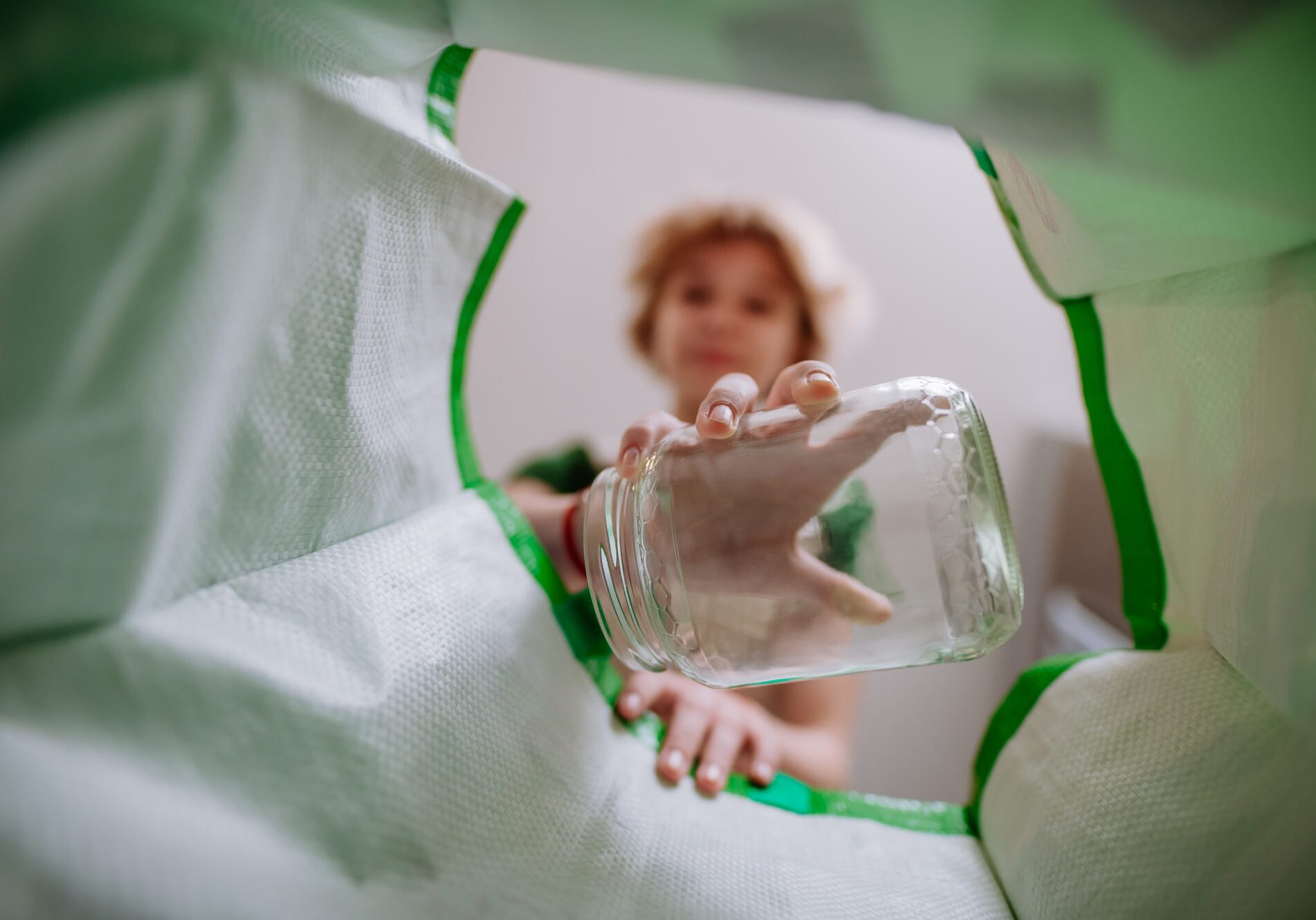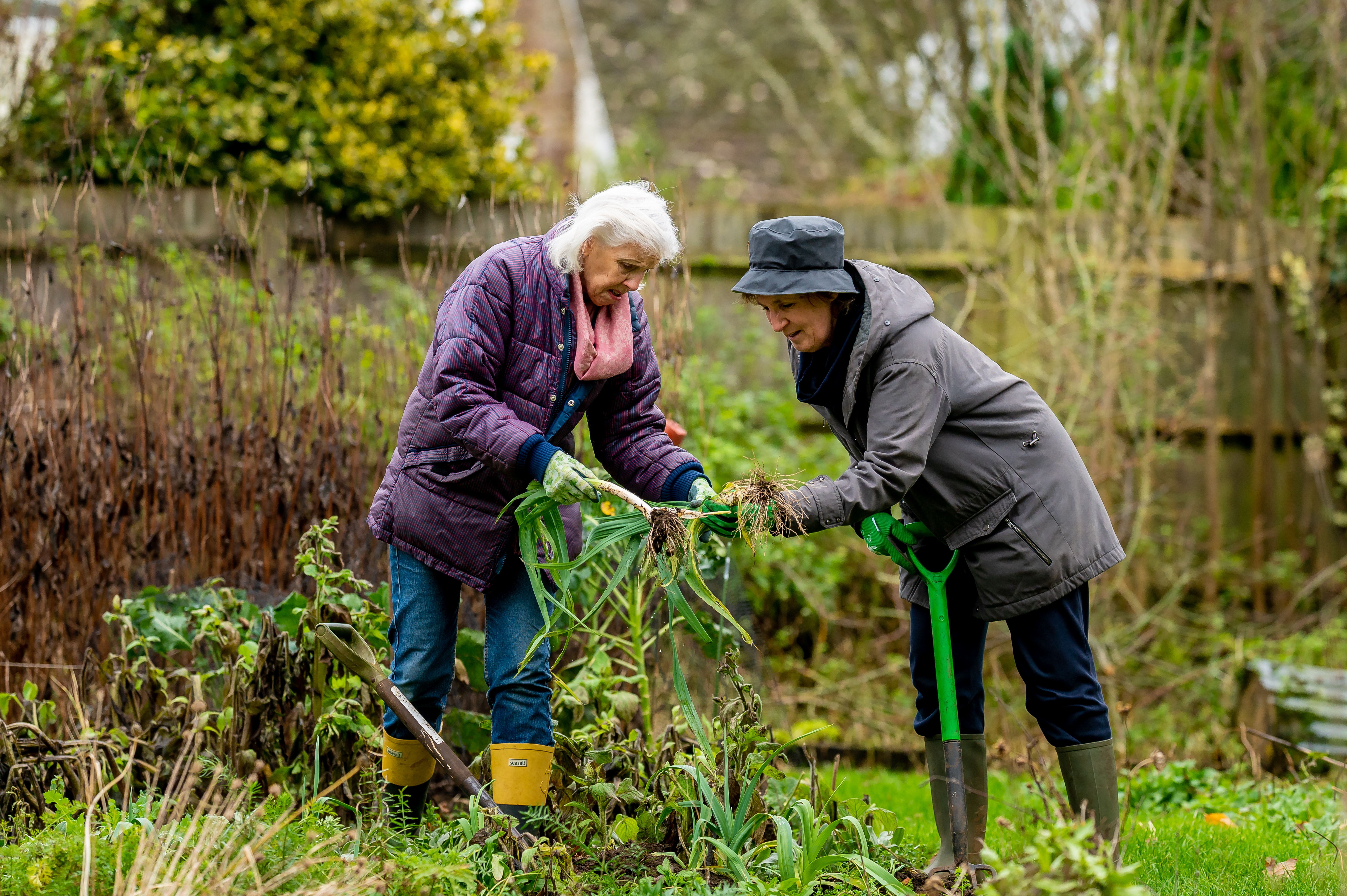
Running an Eco-Friendly Home
by Northern Life
Ryan Jenkins has been a gardening fanatic for over 25 years and has an abundance of industry knowledge which he regularly shares on the Sefton Meadows blog.
Recently, the climate and the environment have been at the forefront of everybody’s minds. With the latest IPCC report being dubbed as a ‘code red for humanity’[i], it’s crucial that individuals, governments, and organisations do their part to reduce their impact on the earth.
There are plenty of simple steps you can take to achieve an eco-friendly lifestyle as you go about your day-to-day life, and the most important changes start at home. The more effort we put into turning our bad habits around now, the better the future of our planet will be. In this article, we’ll be discussing what it means to be eco-friendly, and how you can run an eco-friendly household.
What does it mean to be eco-friendly?
To be eco-friendly means to not be harmful to the environment. As an individual, a completely eco-friendly lifestyle can be near-impossible to achieve, but there is plenty that you can do to aim for a more sustainable life such as choosing organic food, reducing the amount of waste you produce, and not contributing to the demand for single-use, cheap products.
How to run an eco-friendly home
We’ve talked about what it means to be environmentally friendly and how important it is to help protect the environment through your day-to-day decisions. Now let’s look at how you can do this in your home. Here are the best tips to help you run a green, sustainable home:
1) Cleaning Products
Popular cleaning product brands often contain toxic chemicals that are harmful to the environment, this can include all-purpose cleaning sprays, bleaches, dishwasher tablets and washing powders. Choose products that do not contain synthetic ingredients such as detergents, preservatives or foaming agents, and look for products that are made from sustainably sourced ingredients that pose no threat to the environment.
2) Heating Sources
Carbon monoxide can be released by central heating. This a poisonous gas that has a serious impact on the environment, as well as posing a risk to life. Like electricity, there are many alternative sustainable ways to keep your home warm, such as investing in underfloor heating and having smart meters fitted. Ensuring your property is correctly insulated will also help to keep energy usage down, as more heat will remain trapped in the home.
3) Eco-friendly Lightbulbs
Although they initially had a bad reputation, energy saving lightbulbs are better than ever. Swap out old lightbulbs for energy saving LEDs to lessen the amount of energy you use and to save precious money on utility bills.
4) Unplugging Appliances
Even in standby, gadgets will continue to eat up electricity – home appliances which aren’t turned off and are left on standby account for 9-16% of the energy used in our homes[ii]. When you are done with an electrical gadget, like the TV or a laptop, make certain that you switch it off on the wall. The same goes for your lights – it takes one second to hit the light switch on your way out of a room.
5) Recycling
Recycling reduces the amount of waste that is sent to landfill, thereby reducing the amount of greenhouse gases released into the world. By choosing to recycle plastic, paper, cardboard, metal and glass, you can help reduce the amount of waste that is poisoning the atmosphere in a landfill.
6) Long-lasting Furniture
Choosing hardwearing furniture made with materials like wood ensures that demand for cheap, bad-quality furniture is lessened. This is important because the process of producing and disposing of this furniture uses up a lot of energy and resources.
7) Choose Efficient Appliances
Investing in green home gadgets and appliances doesn’t need to be costly. More energy efficient appliances actually reduce your households’ running costs as they do their intended job whilst using up much less energy.

Running an eco-friendly garden
Gardening is a great way to get fresh food and contribute to the environment. There are plenty of things you can do to transform your garden space into an eco-friendly paradise.
1) Grow Fruits and Vegetables
You can greatly reduce food miles by using your garden to produce fruit, veg and herbs – and they might even taste better than what you can get at your local supermarket. Gardening is an extremely rewarding hobby which will benefit you in more than one way.
2) Attract Wildlife
With a little imagination, you can give animals a safe place to live, feed, and reproduce by changing your space to attract them. You can plant wildflowers and native trees that change seasonally to attract bees and butterflies. Build homes for wildlife like insects and birds to provide a good environment for them to thrive.
3) Composting
Shop-bought compost can without a doubt be dangerous to your garden and its surroundings. If your chosen compost includes peat, your compost will have started impacting the environment before you picked it up off the shelves. Start your very own compost heap by recycling meal waste, lawn cuttings and other organic waste to help your plants thrive.
4) Homemade Fertilizer
Stop spending hard-earned cash on fertilisers for your garden. Shop-bought fertilisers are often made from polluting chemicals which spread into your soil and crops. Making fertiliser can be simple – one easy recipe can be created by leaving nettles in a bucket of water for a few days and using the liquid to fertilise plants.
5) Source Local Materials
One of the best ways to go green is to help local businesses as it will reduce the amount that products have to travel to reach your home. For example, if you’re re-designing your garden, look for small businesses in your area that can provide the materials you need. When you do this, not only is the environment less polluted, but your garden will also look more natural and well-cared for. If you’re looking to build furniture, look for stores nearby that give away wooden pallets.
6) Organic Gardening Products
Shop-bought gardening products can harm beneficial wildlife and can damage the nutrient levels of your soil. Choosing organic products, or making your own, is one way to reduce these risks.
7) Collecting Rainwater
Water is one of our most precious resources and it should be used sparingly. It is valuable to the local ecosystem and wasting it can be destructive. To conserve water, when gardening, try to reduce the use of sprinklers by collecting rainwater and watering your plants and crops.
Why being eco-friendly matters
It has been reported that the temperature of the earth has crept up to be one degree (Celsius) warmer than it was in pre-industrial times[i]. Although this may sound like an insignificant amount, the impact of this temperature change is phenomenal, and it needs to come to a halt. This is just one sign that our presence on the planet is causing irreversible damage. A change needs to happen, and it’s vital that the whole of humanity gets on board.
It’s a lot of work to be eco-friendly. But, if you want your home and life to be more sustainable in the long run, it is worth the effort. This blog post has highlighted some simple ways that you can make changes for a greener lifestyle without too much hassle or cost. Which of these ideas do you plan on trying? What changes will you make to your household?
Sources
[i] https://www.bbc.co.uk/news/science-environment-58130705
[ii] https://blog.loop.homes/the-cost-of-leaving-appliances-in-standby-mode
[iii] https://public.wmo.int/en/media/press-release/global-climate-2015-2019-climate-change-accelerates




